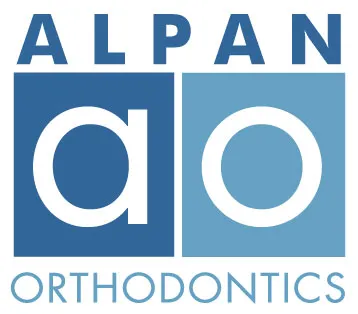LAS VEGAS, NEVADA – Dr. David Alpan and Aesthetic Orthodontics used National Sleep Awareness Week to shed light on a common orthodontic problem that often leads to sleep disturbances.
NSAW is an annual public education and awareness campaign, taking place this year on March 5-11, to promote the importance of sleep. Temporomandibular joint and muscle disorders, a group of conditions that cause pain and dysfunction in the jaw joint and muscles that control jaw movement, are major contributors to sleep loss.
“As anyone who has ever experienced temporary or prolonged sleep loss can attest, not getting sufficient or quality rest can impact every aspect of life,” says Dr. Alpan, who is an orthodontic treatment and braces provider in Larchmont, Century City and Los Angeles.
The National Sleep Foundation says that pain is a major cause of sleep loss, specifically facial pain caused by TMJD and headaches. Some estimates suggest that TMJ disorders affect five to 10 percent of the population, with the conditions presenting in more women than men.
The National Heart Lung and Blood Institute report that sleep problems commonly happen with TMD patients and warn that there are reasons to suspect that TMD patients are at greater risk for cardiovascular diseases.
There are more than 150 symptoms linked to TMJ disorders that can impact even muscles that run down the neck and shoulder area. Pain in the chewing muscles or jaw joint is the most common symptom. However, jaw muscle stiffness, limited movement or locking of the jaw, painful clicking, popping or grating in the jaw joint when opening or closing the mouth, and a change in the way the upper and lower teeth fit together are also frequently reported by patients with the disorder.
If this is causing sleep problems two to three times a night or making it difficult to fall asleep, the NSF recommends seeking treatment from a dental specialist with lots of experience treating TMJ disorders, as it is not included in the regular curriculum taught in dental schools.
“The longer the condition has existed, the longer and more expanded the treatment may become,” says Dr. Alpan, who has diagnosed and treated patients with TMJ-related problems since 1996. “So I encourage people to be examined as soon as the TMJ signs and symptoms are noticed.”
He devoted many years to learning about and treating TMJ disorders. Dr. Alpan wrote his master’s thesis on the topic during his two years of orthodontic specialty training and because of it was awarded the Master of Science in Dentistry degree.
One of the tools Dr. Alpan uses in TMJ therapy is technology developed in the 1960s called Myomonitor. The electronic device, a muscle monitor, is used to relax facial muscles and relieve muscle strain, allowing the lower jaw to move into a correct relationship with the upper jaw and skull that eliminates the pain.
During an initial exam with Dr. Alpan, he will review the patient’s current problems and questionnaire about past symptoms, then give an oral and physical exam before discussing a diagnosis and treatment plan. Often, orthodontic treatment such as Invisalign or Damon braces, is the first step toward remedying the problem.
“TMJ disorders are not something you have to let continue to negatively affect your quality of life. Please seek treatment and get relief,” says Dr. Alpan, who provides braces for children and adults.


